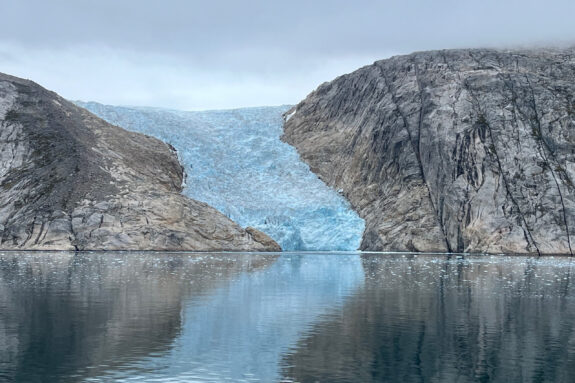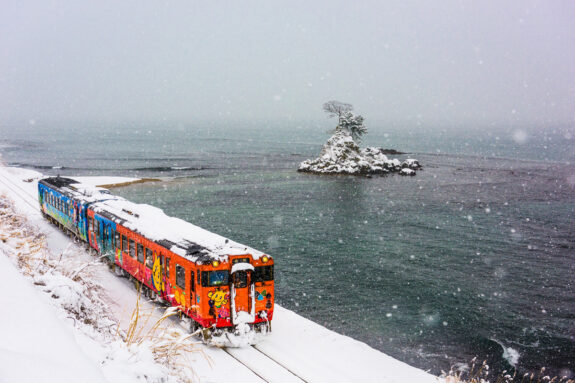Landscapes + Planetary Interiors
- Deep Earth
- Tectonics
- Geology
- Geomorphology
- Radiometric Dating
- Paleomagnetism
- Sediment Transport + Surface Processes
- Riverine Systems
- Geodesy + Remote Sensing

Questions That Drive Us
How did Earth come to be? What forces shaped it over time? What can 4.3 billion year old rocks tell us about our past and future climate? As mountains build and erode, are there impacts on the carbon cycle? As rivers meander, do they influence the biosphere? Can the dry deltas of Mars or the icy surface of Pluto tell us about past processes on Earth?
The Work We Do
In order to understand Earth’s present, its past, and its potential future, we examine the processes that build mountains, and delve into Earth’s deep interior structures with advanced models and visualizations to understand how forces below our feet influence the surface we live on. We study the intricate ways river networks and climate combine to transform landscapes, revealing surprising connections to local biodiversity—and clues about the evolving surfaces of our solar system neighbors. Even tiny grains of sediment shape our environment in meaningful ways; new calculations on sediment transport help scientists predict sudden catastrophic surges of glacial ice, or help engineers and communities better plan for mitigating urban flooding and coastal erosion.
The Earth is our laboratory. Our researchers sail the oceans, fly into the clouds, and scale glaciers and mountains to observe and sample. Back in our world-class labs, we design complex experiments and computational models. Our research demands that we cross disciplines. Physics, mathematics, chemistry, biology, remote sensing, and machine learning are all brought to bear in our investigation of the interconnected, overlapping systems that shape the Earth and planets.


